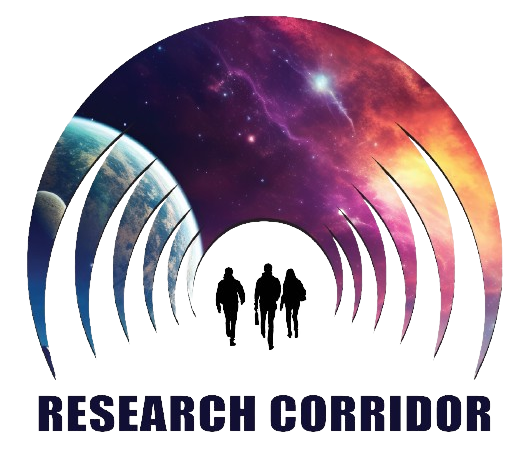AI-Enhanced Biomedical Engineering: Innovations at the Intersection of Health and Technology
Parole chiave:
Artificial Intelligence, biomedical engineering, medical imaging, machine learning, deep learning, personalized medicine, wearable health devices, robotic surgery, tissue engineering, predictive analytics, drug discovery, healthcare innovation, precision medicine.Abstract
Abstract
The integration of Artificial Intelligence (AI) into biomedical engineering has revolutionized the healthcare landscape by enabling more accurate diagnostics, personalized treatments, and efficient medical workflows. AI algorithms, particularly machine learning and deep learning models, are now instrumental in analyzing complex biomedical data, from medical imaging and genomic sequences to electronic health records. This technological synergy enhances early disease detection, supports predictive analytics, and optimizes therapeutic strategies. Recent innovations include AI-driven imaging systems capable of identifying anomalies with higher precision than traditional methods, robotic-assisted surgeries with enhanced dexterity and control, and smart wearable devices that continuously monitor patient vitals and deliver real-time feedback. Moreover, AI applications in tissue engineering and drug discovery accelerate development cycles, reduce costs, and improve success rates by predicting molecular interactions and biological responses. Ethical considerations, data privacy, and the need for interdisciplinary collaboration remain critical challenges. However, ongoing advancements in algorithmic transparency and regulatory frameworks are addressing these concerns, paving the way for broader clinical adoption. As AI continues to evolve, its integration into biomedical engineering will further redefine patient care, fostering a future where technology and medicine are seamlessly intertwined to deliver precision healthcare solutions.




